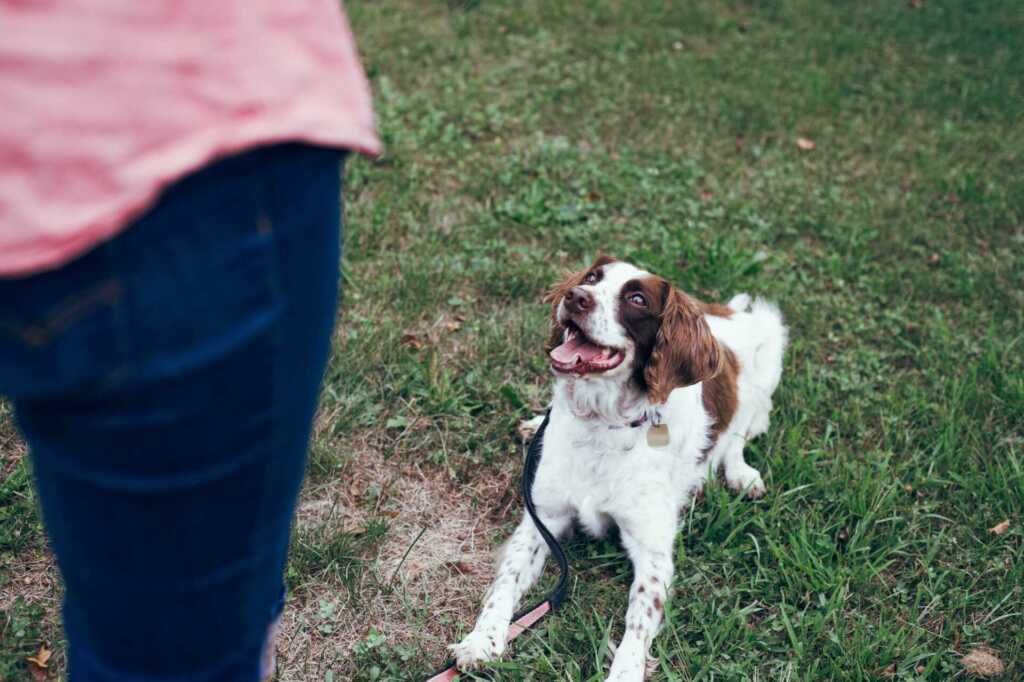Teaching your dog basic commands such as “sit” is an important aspect of dog training. It not only helps establish a positive relationship between you and your dog, but it also helps keep your dog safe and well-behaved in public settings. In this blog post, we will discuss the steps involved in training your dog to sit on command.
Choosing the right time and place
The first step in training your dog to sit is to choose the right time and place for the training session. It’s best to train your dog when they are alert and focused, so avoid training them when they are tired or hungry. The location of the training session is also important. It’s best to train your dog in a quiet and distraction-free environment, such as a room inside your home.
Using positive reinforcement
Positive reinforcement is a powerful tool that can be used to train your dog. It involves rewarding your dog for good behavior, such as sitting on command. Some common rewards that can be used include treats, praise, and playtime. It is important to choose a reward that your dog finds valuable and will work for.
Using a command word
When training your dog to sit, it’s important to use a consistent command word. The command word should be short, clear, and easy to say. Common command words used for “sit” include “sit,” “down,” and “stay.” Once you have chosen a command word, it’s important to stick with it and not switch to a different word later on.

The training process
- Start by holding a treat in front of your dog’s nose.
- Slowly move the treat up and over your dog’s head. As you do this, your dog will naturally follow the treat with their nose, causing their hindquarters to lower to the ground.
- As soon as your dog’s hindquarters hit the ground, say the command word “sit” in a clear and firm voice.
- Immediately reward your dog with the treat and praise them for sitting.
- Repeat this process several times, gradually increasing the time between the command word and the treat.
- Once your dog is consistently sitting on command, begin to phase out the treats and use praise and petting as rewards.
- Practice the command in different locations and with different distractions to help your dog generalize the behavior.
Consistency is key
Consistency is crucial when it comes to training your dog to sit. It’s important to practice the command regularly and to always use the same command word and rewards. Additionally, it’s important to be patient and not to get frustrated if your dog doesn’t catch on right away. Remember, every dog is different and some may take longer to learn the command than others.
Conclusion
Training your dog to sit on command is an important step in establishing a positive relationship with your dog and keeping them well-behaved in public settings. By using positive reinforcement, a consistent command word, and practicing regularly, you can teach your dog to sit on command in no time. Remember to be patient and consistent, and most importantly, have fun with your furry friend!
Header photo by Matthew Henry on Unsplash




Leave a Comment